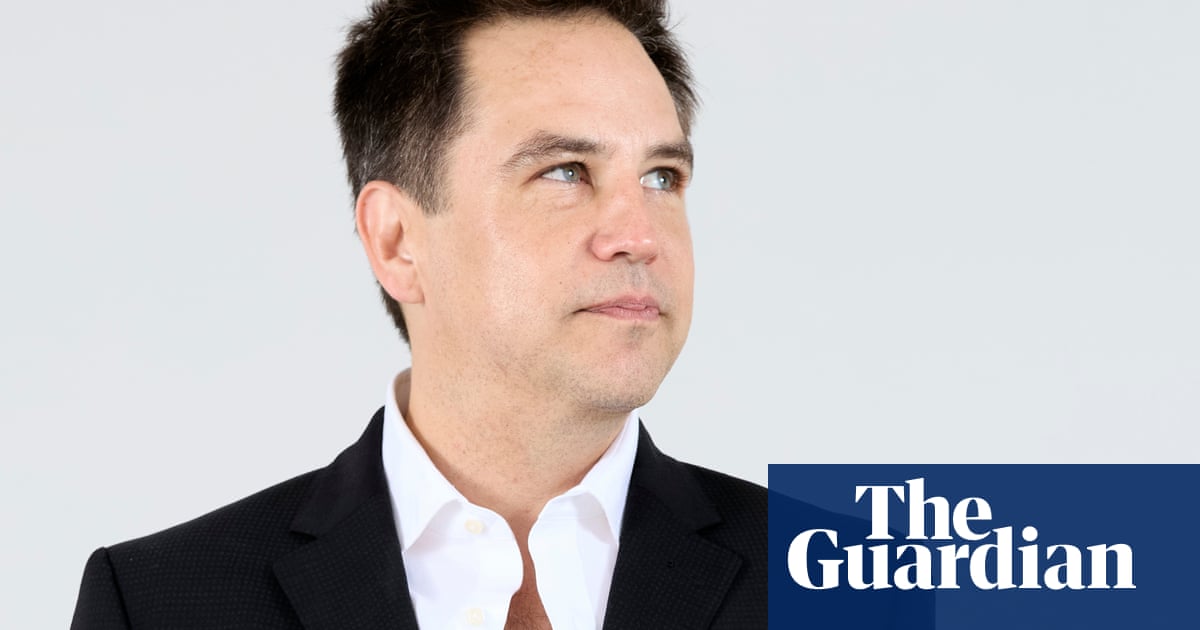The underground network of fungi that underpins the planet’s ecosystems needs urgent conservation action by politicians, a research organisation has said.
Scientists from the Society for the Protection of Underground Networks (Spun) have created the first high-resolution biodiversity maps of Earth’s underground mycorrhizal fungal ecosystems.
The research, published in the journal Nature on Wednesday, found that 90% of the biodiverse hotspots of mycorrhizal fungi were in unprotected ecosystems. Loss of the ecosystems could lead to reductions in carbon drawdown, crop productivity and ecosystem resilience to climate extremes.
Mycorrhizal fungi have “remained in the dark, despite the extraordinary ways they sustain life on land”, said Dr Toby Kiers, the executive director of Spun.
“They cycle nutrients, store carbon, support plant health, and make soil. When we disrupt these critical ecosystem engineers, forest regeneration slows, crops fail and biodiversity above ground begins to unravel … 450m years ago, there were no plants on Earth and it was because of the mycorrhizal fungal network that plants colonised the planet and began supporting human life.
“If we have a healthy fungal network, then we will have greater agricultural productivity, bigger and beautiful flowers, and can protect plants against pathogens.”
Mycorrhizal fungi are found on the roots of plants and help regulate Earth’s climate and ecosystems. Its underground networks provide plants with essential nutrients, while drawing more than 13bn tonnes of carbon dioxide a year into soils – equivalent to roughly one-third of global emissions from fossil fuels.
Spun launched the initiative in 2021 alongside organisations including GlobalFungi, Fungi Foundation, the Global Soil Mycobiome consortium and researchers from around the world to map out the under-researched network of mycorrhizal fungal.
Using machine-learning techniques on a dataset containing more than 2.8bn fungal samples from 130 countries, scientists were able to predict mycorrhizal diversity at a 1km2 scale across the planet.
They discovered that only 9.5% of these fungal biodiversity hotspots fell within existing protected areas, revealing huge conservation gaps. The coast of Ghana was found to be a global hotspot for fungi, but with the country’s coastline eroding at a rate of 2 metres a year, scientists fear this crucial biodiversity will be washed into the sea.
This research marks the first large-scale scientific application of the global mapping initiative, which “are more than scientific tools – they can help guide the future of conservation”, said the study’s lead author, Dr Michael Van Nuland. “Given the impact of these fungal symbioses on the health and functioning of Earth’s ecosystems, continuing to ignore them could be a hugely missed opportunity.”
Nuland said the fungi respond negatively to human stressors, and without addressing the possible loss of these vital fungus, we could lose our ability to develop novel natural climate solutions.
Land use is a significant cause of mycorrhizal fungal degradation, and it is “frustrating that no action has been taken to prioritise conservation of it”, said Kiers. “The fungi is needed for agricultural productivity and human health.”
after newsletter promotion
These fungal ecosystems were largely invisible in law and policy, said César Rodríguez-Garavito, a professor of law and the faculty director of the More-Than-Human Life (Moth) programme at NYU’s School of Law. “[The data is] incredibly important in strengthening law and policy on climate change and biodiversity loss across all of Earth’s underground ecosystems.”
The findings are accessible through Spun’s underground atlas interactive tool for conservation groups, researchers and policymakers to identify hotspots that require intervention.
With more than 400 scientists and 96 underground explorers from 79 countries, Spun’s international team is sampling the Earth’s most hard-to-access, remote underground ecosystems including in Mongolia, Bhutan, Pakistan, and Ukraine.
Spun is seeking new collaborators and funding to scale its mycorrhizal fungal maps, which cover only 0.001% of the Earth’s surface. The expansion of its fungal maps would guide decision-makers to start leveraging mycorrhizal systems.
The preservation and protection of mycorrhizal fungi could help to solve some of the world’s greatest challenges – biodiversity decline, climate change, and declining food productivity, said Dr Rebecca Shaw, the chief scientist at the World Wide Fund for Nature, who added that it had a direct benefit to people.

.png) 3 months ago
38
3 months ago
38

















































